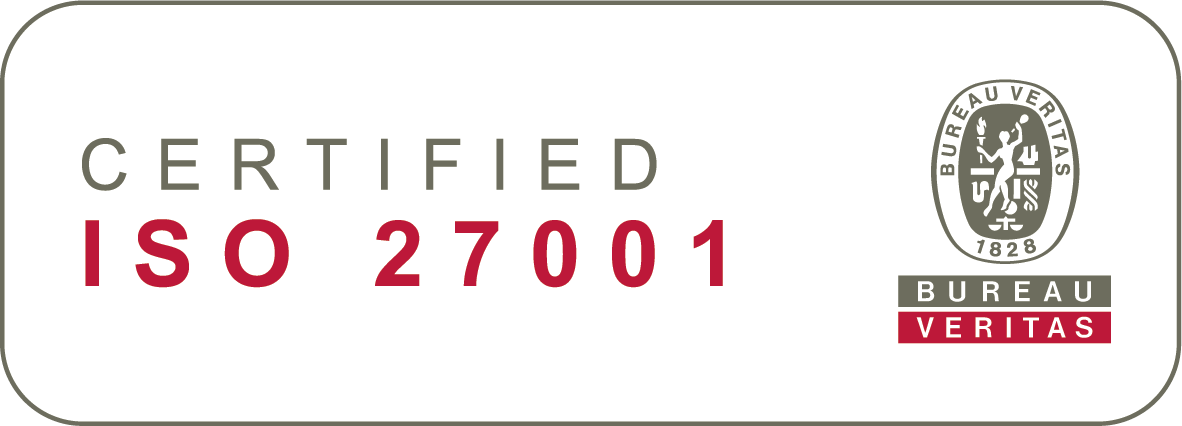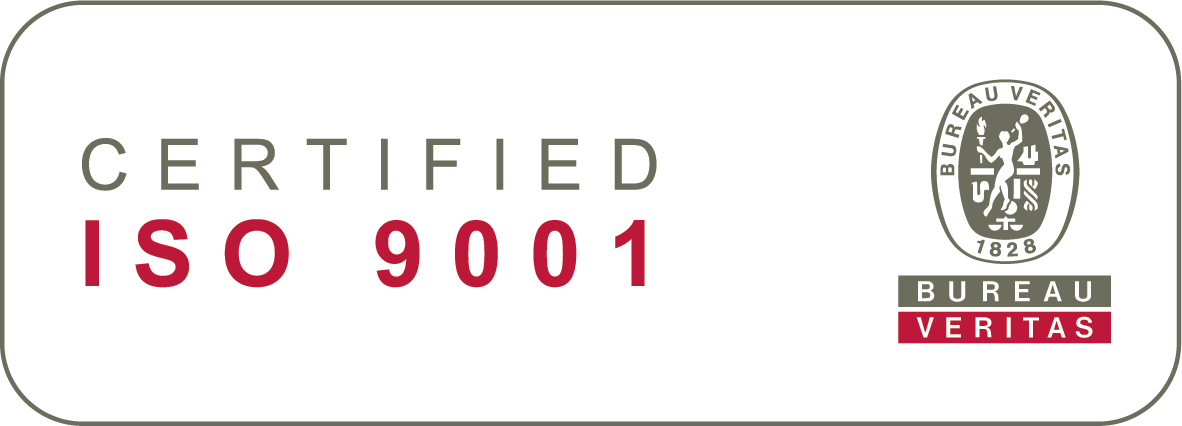HR’s struggle to balance business objectives with workforce wellbeing – while operating in increasingly volatile markets – is more critical than ever. That’s why it’s essential to get the connection between People and Strategy right, and why strategic learning should be one of your top focuses. A strategy is only successful if people are capable of delivering it – so how do you decide what your organisation needs to learn?
The link between Nordic leadership and learning organisations
When it comes to business frameworks for building resilient, agile organisations that learn as they go, build on what came before, and adapt to change, the Nordic leadership style is hard to beat. It motivates people by giving them full ownership of their roles, equality in decision making, and accountability for delivery. In return, the increased psychological safety means ideas are challenged, problems are flagged earlier, and solutions are offered.
With this in mind, one could say that Nordic leadership creates learning organisations, as it builds cultures where people take ownership of their own learning paths, identify the skills they need to hone, and work to deliver more impact.
Connecting People with Strategy though learning
However, learning without strategy can lead to organisations reactively trying to acquire skills without thought on how they will support overall strategy. It is also hard to make the business case for training programs if their long-term impact and ROI are not clear. Try telling your CFO to sign off on a €50k training program with no tangible data on how this will increase productivity, support business goals, or mitigate risk.
The answer is to take a more strategic approach to learning by building strategic learning programs that support the short terms goals and long terms strategy of your business. Instead of starting with the learning needs of each individual employee, take a couple of steps backwards and begin with business objectives and strategy
By building a deep understanding of what the company needs to do to meet these objectives, you can then look at your workforce and start planning how to best deploy and develop the resources you have for most business impact. Do this, and individual employees will more clearly see how their learning goals tie into the overall mission – and the impact of their work will be more clearly recognised.
How it all works
Say, for example, the company plans to restructure its manufacturing division so it can bring a new product packaged with additional services to market. Doing so successfully will increase turnover and profit margins by 6%. This is a clear, long term business need.
HR can now map the business need against the current capabilities of the workforce. These new products and services require many skills and competences to be delivered successfully. By mapping and prioritising the current competences, skills, and degrees of proficiency of your workforce, you have concrete information that can be brought to the table during scenario planning to aid the restructuring planning.
If the workforce is currently able to deliver, excellent. If not, then you can easily identify the skill areas and training that deliver the most long-term impact for the business. By tracking the training histories and completions, then tying these figures to overall productivity, you can show in hard numbers that all leadership members understand the positive effects these training programs have.
Building a collaborative culture in service of learning strategy
So HR doesn’t become a bottleneck, the leadership should facilitate the transition to becoming a learning organisation. They can assist in this by taking the competences of their teams and divisions and comparing them to the business targets and goals they have been set. Managers then have clear development areas they can assign to team members, who in turn have clarity on where they can progress in their careers.
By working together, buy-in increases, as does the understanding of the current proficiencies and future needs of the workforce.
The power of expert, external coaching
Learning is an ongoing, continuous process, which is why coaching from the right external experts can make a real difference. External coaches like Session have seen many variations of the problems you are likely to face, as well as the most common solutions for tackling them.
They also allow for honest, objective discussions, as they sit outside of the company hierarchy and any power dynamics that may exist. Finally, they also provide a structured path for implementing change, and will hold everyone from the CEO to production accountable for maintaining the pace of progress.
Finally…
The path to becoming a strategic learning organisation is not straight forward. There is no one size fits all program, no boilerplate cultural blueprint, no checklist to follow. However, for those who longer want to keep making the same mistakes, relearning the same lessons, or patching over the same problems with quick fixes, the time is now to begin your strategic learning journey.


